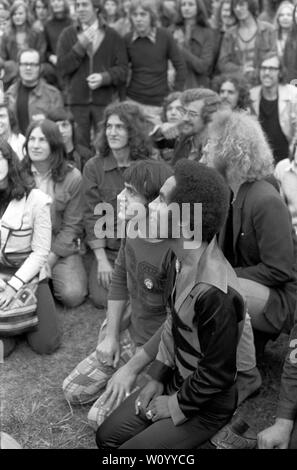


Rendered in bronze, covered in white lacquer, two women sit together on a park bench in Greenwich Village. *Shortlisted for Lesbian Memoir/Biography Lammy Award. It will also be of interest to activists wanting to learn more about the transformative potential of digital media and technology in LGBTQ advocacy and empowerment around the globe. This book provides an essential introduction to LGBTQ digital cultures for students, researchers, and scholars of media, communication, and cultural studies. Bringing together contributors and case studies from different countries, the contributions grapple with the tensions that arise when visibility, hiddenness, renditions of the self, and collective contractions of identity must be negotiated in a variety of global contexts and explores this influence on contemporary political identities. The collection examines how digital technologies have made queer cultural production more expansive and how such technological affordances and platforms have enabled queer cultural practices to be more transformational. Through the lens of representation and identity politics, it explores topics such as race, disability, and colonialism, alongside sexuality and gender. This edited collection adopts a critical and cultural studies perspective to examine queer cyberculture and presence. A manifesto for renewed partnerships between academic and community-based historians, strengthened linkages between queer public history and LGBT scholarly activism, and increased public support for historical research on gender and sexuality, this anthology reconsiders and reimagines the past, present, and future of queer public history.Įmphasizing an intersectional and transnational approach, this collection examines how social media and digital technologies have impacted the sphere of LGBTQ activism, advocacy, education, empowerment, identity, protest, and self-expression. From the AIDS crisis of the 1980s and the rise of queer activism in the 1990s to debates about queer immigration, same-sex marriage, and the politics of gay pride in the early twenty-first century, Stein introduces readers to key themes in queer public history.

Through a collection of essays written over three decades by award-winning historian Marc Stein, Queer Public History charts the evolution of queer historical interventions in the academic sphere and explores the development of publicly oriented queer historical scholarship. Academic activism eventually made a place for queer history within higher education, which in turn helped queer historians become more influential in politics, law, and society. Initially rejected by most colleges and universities, queer history was sustained for many years by community-based contributors and audiences. Over the course of the last half century, queer history has developed as a collaborative project involving academic researchers, community scholars, and the public.


 0 kommentar(er)
0 kommentar(er)
